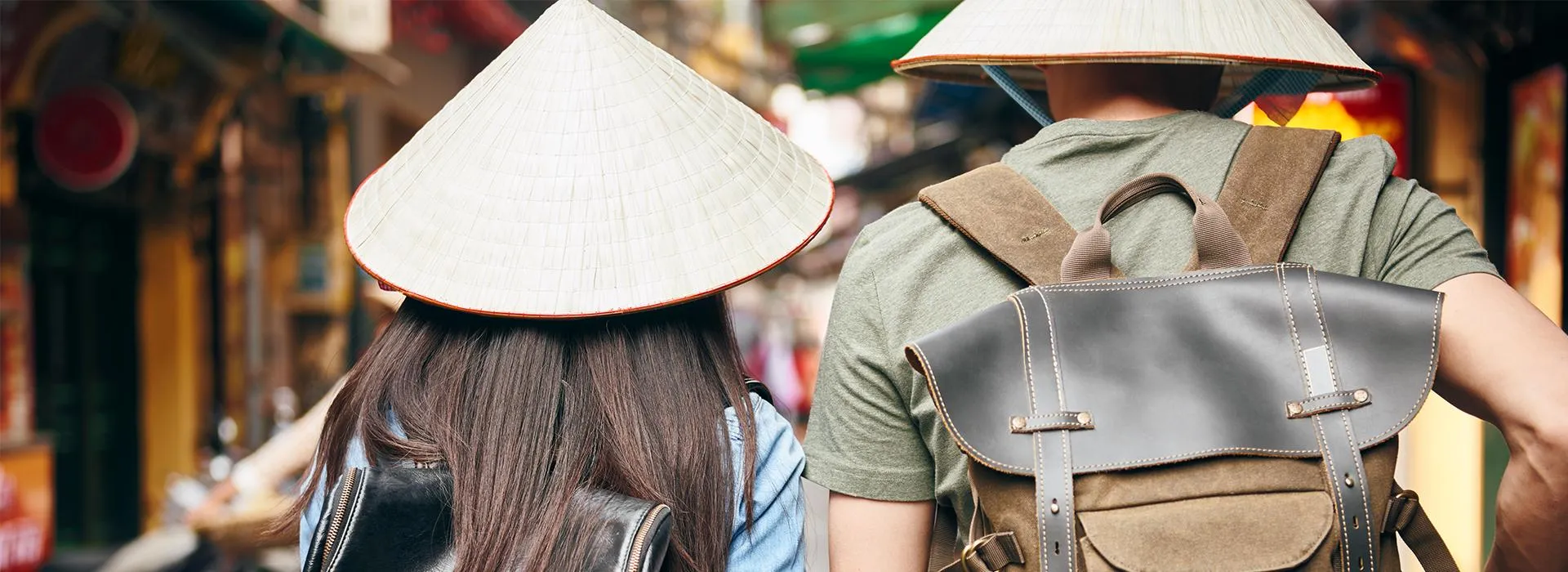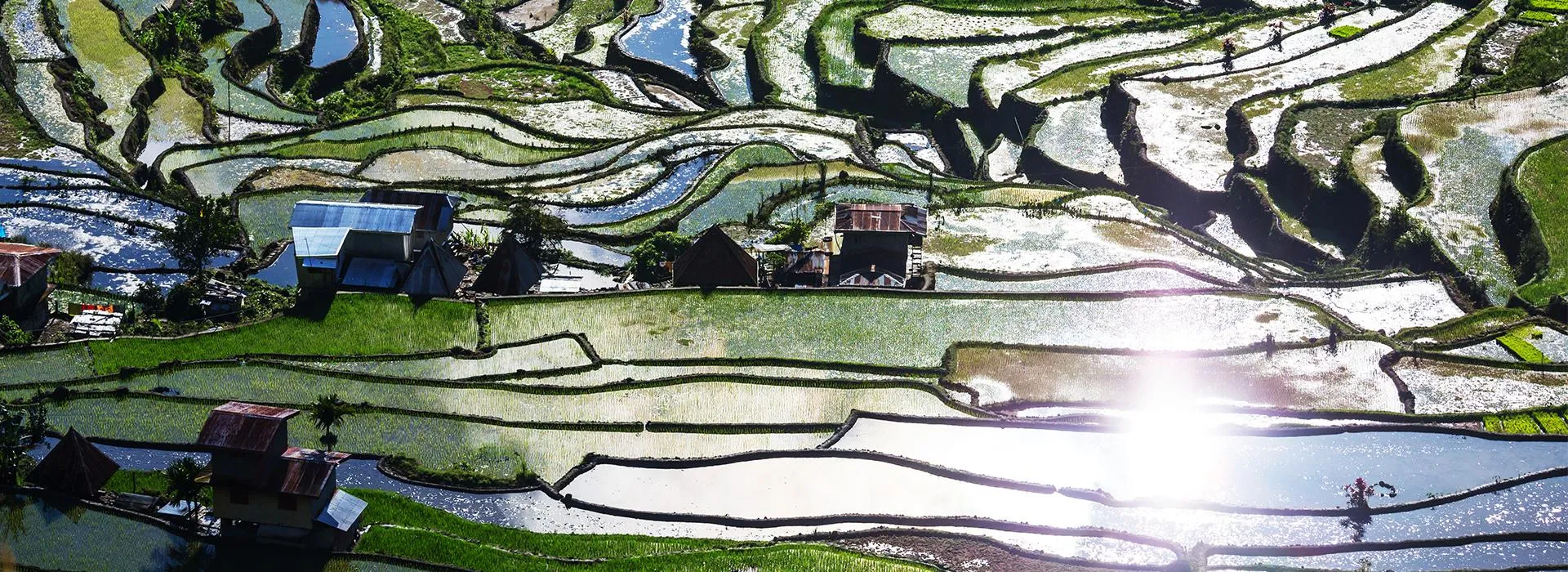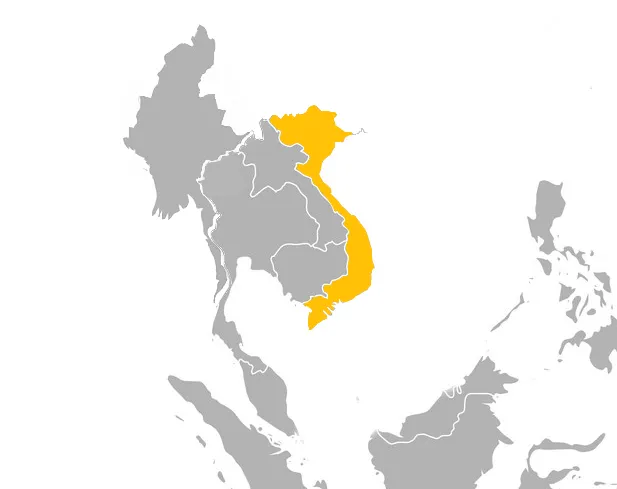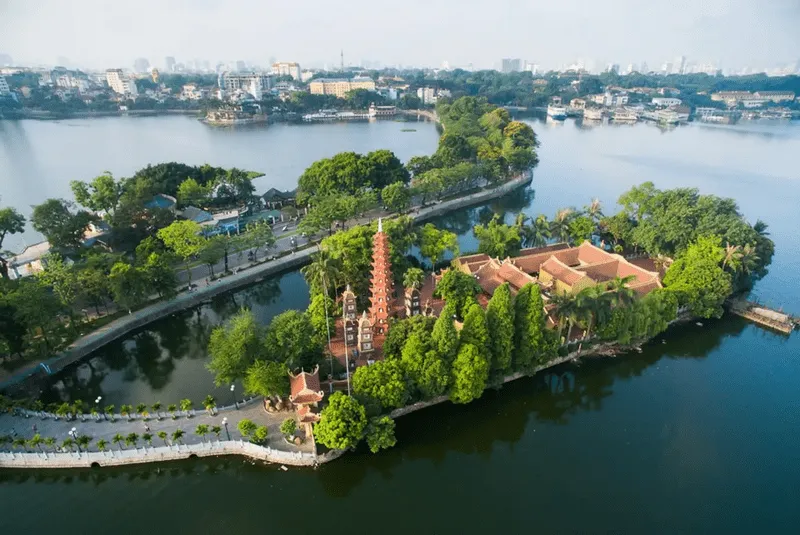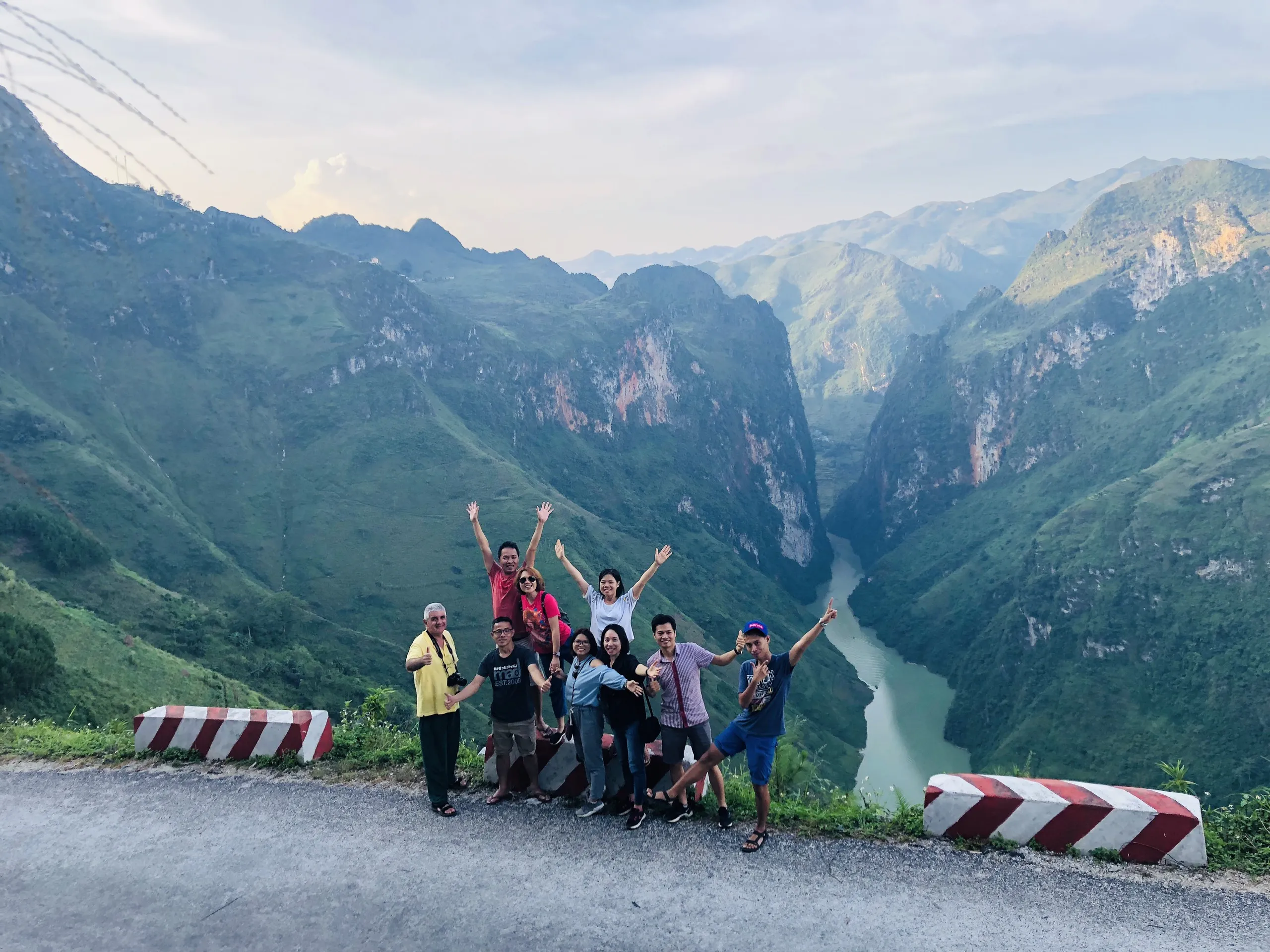Vietnam is a top destination in Southeast Asia, known for its breathtaking landscapes, vibrant street life, rich history, and delicious cuisine. But before you book your flight, it's important to understand Vietnam's visa requirements. In this guide, we cover all you need to know about getting a visa to Vietnam in 2025, including visa-free countries, e-visa application, visa on arrival, and more.
Who Needs a Visa to Enter Vietnam?
Most travelers will need a visa to enter Vietnam, but there are exceptions. Citizens of some countries can enter visa-free for short periods:
Visa-Free Countries (as of 2025):
- South Korea, Japan, Russia, Denmark, Norway, Sweden, Finland, Belarus, Germany, France, Spain, Italy, and the UK: Up to 45 days
- ASEAN countries like Thailand, Malaysia, Singapore, Indonesia, Laos, and Cambodia: From 14 to 30 days
Always check with Vietnam's immigration website or local embassy for the most current list.
Types of Visas for Vietnam
1. E-Visa (Electronic Visa)
- Valid for: 90 days
- Entry type: Single or multiple
- Eligible countries: Over 80 countries
- Processing time: 3–5 working days
- Apply via: Vietnam e-visa official site
2. Visa on Arrival (VOA)
- Only available for air travelers
- Requires a pre-approval letter
- Valid for 1 month to 3 months
- Single or multiple entry
- Pick up at international airports in Vietnam
3. Embassy/Consulate Visa
- Suitable for long-term stays, work, or study visas
- Apply at a Vietnamese embassy or consulate in your country
How to Apply for a Vietnam E-Visa (Step-by-Step)
- Visit the official e-visa website: https://evisa.xuatnhapcanh.gov.vn/
- Upload a passport photo and passport scan (valid for at least 6 months)
- Fill out the application form
- Pay the processing fee (~US$25)
- Receive your e-visa via email within 3–5 days
- Print your e-visa and present it upon arrival
Vietnam Visa on Arrival: What You Need to Know
If you're flying into Vietnam, you can opt for a visa on arrival, but you'll need a visa approval letter from a travel agency before boarding your flight. Once you arrive, present your letter, passport, photo, and pay a stamping fee (usually US$25 for single entry, US$50 for multiple).
Frequently Asked Questions (FAQs)
1. Can I extend my visa in Vietnam?
Yes, most visas can be extended. It's best to contact a local visa service or immigration office in Vietnam.
2. Is the Vietnam e-visa reliable?
Yes. As long as you apply through the official website, the e-visa is a secure and convenient option.
3. Can I enter Vietnam by land or sea with an e-visa?
Yes, but only at specific border gates. Check the list of approved ports of entry on the e-visa site.
Getting a visa to Vietnam in 2025 is easier than ever, especially with the expanded e-visa program and increased visa-free entry for many countries. Whether you're planning a short getaway or a long-term adventure, this guide helps ensure you’re well-prepared for a smooth arrival. Start your journey stress-free by securing the right visa and enjoy everything Vietnam has to offer.




